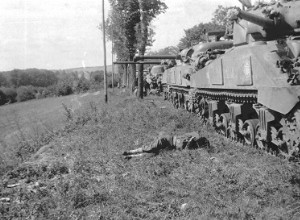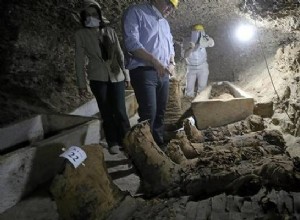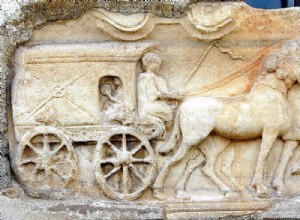During the days of September 20, 21 and 22, the operations on the front of the 2nd C.A. had no other objective than to clarify contact with the adversary.Starting from the road Lure Isle-sur-Doubs, the 1st D.F.L. General Brosset does not go more than 3 to 4 km before coming up against a continuous l




